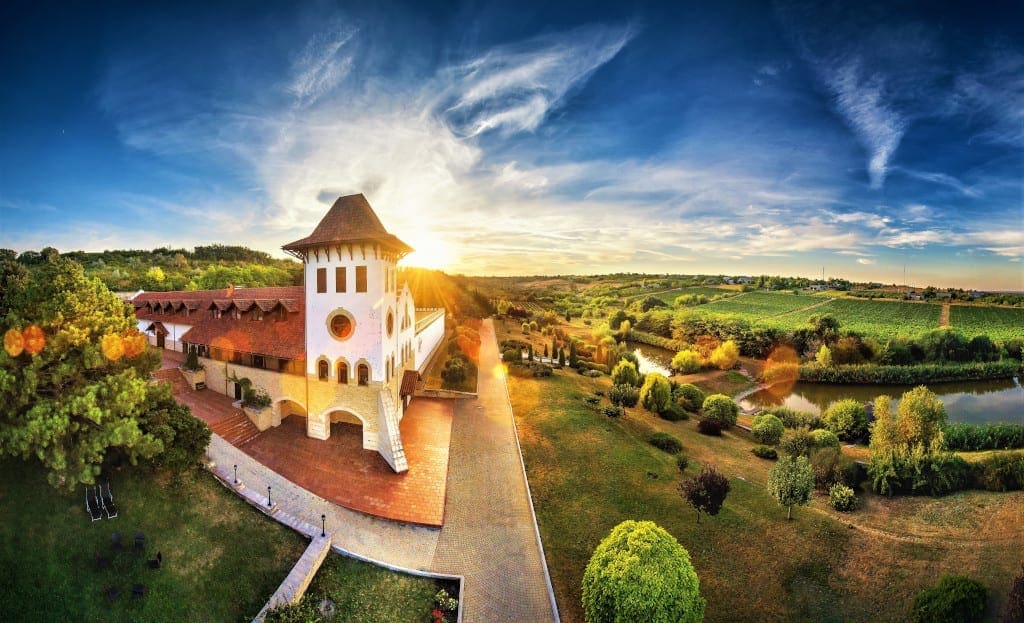Содержание
Moldova – Travel guide at Wikivoyage
- Not to be confused with the neighbouring Romanian region of Moldavia.
| WARNING: Moldova is at risk of war due to conflicts erupting in Ukraine. Moldova had declared a state of emergency. Do not travel to areas near the Moldovan-Ukrainian border and Transnistria. For more information on how to protect yourself while in a war zone, see war zone safety. | |
| (Information last updated 03 Jul 2022) |
Moldova is a small country nestled between Romania and Ukraine. It’s one of the least visited countries on the planet, which is why tourists are likely to attract lots of attention from the locals. Moldova is known for its large production of wine.
Regions[edit]
Map of Moldova
| Moldova Area controlled by the Moldovan Government. |
| Transnistria One of the last places to visit a Stalinist dictatorship; a separate country from Moldova but claimed by the Moldovan Government as part of Moldova.  |
Transnistria is covered in a separate article. While the legitimacy of the Transnistrian government is not recognized by any UN member, from a traveller’s point of view that government has de facto control of the area (separate visas, laws, currency, etc.) This is not a political endorsement of claims by either side in the dispute. |
- 47.02277828.8352781 Chişinău — capital — an administrative municipality (Municipiul). A nice city to go and visit for some days, and to walk around in.
- 47.76166727.9288892 Bălţi — merits a visit as well as the capital. Nice pedestrian zone around the central square. Check out the old part of the city.
- 48.15583328.29753 Soroca — known as the «Romani (Gypsy) capital of Moldova», the city also boasts the Soroca fort built by Stefan cel Mare in 1499.

- 47.20416727.7958334 Ungheni — border town to Romania with a bridge over the Prut river designed by Eiffel.
- 46.30027828.6572225 Comrat — in the southern wine zone of the country.
- 45.907528.1944446 Cahul — historically the site of many battles, now known for its spas.
- 47.38305628.8230567 Orhei — fortified since the 6th century BC, it’s also famous for its monastery.
Other destinations[edit]
- 46.31638928.6663891 Gagauzia, an autonomous region within Moldova.
- 47.328.9666672 Orhei National Park – Moldova’s only national park
Understand[edit]
One of the smallest states of the former USSR, Moldova has been part of two historical empires — the Ottoman Empire and the Russian Empire. For several centuries, the country was under Ottoman influence but that all changed during the 1800s when the Russians took control of it. In the years to follow, Moldova became a part of the Russian Empire and later on, the Soviet Union, before declaring independence in the 1990s. Its fertile soils led to Moldova being dubbed «the garden» of the Soviet Union.
In the years to follow, Moldova became a part of the Russian Empire and later on, the Soviet Union, before declaring independence in the 1990s. Its fertile soils led to Moldova being dubbed «the garden» of the Soviet Union.
Since independence, Moldova has faced numerous difficulties, especially inter-ethnic conflict. Inter-ethnic tensions led to the creation of the proclaimed Transnistria Republic in eastern Moldova, which has its own government and currency but is not recognised by any UN member country. Economic links have been re-established between these two parts of Moldova despite the failure in political negotiations.
Similar to Switzerland, Moldova is committed to neutrality, and has decent relations with virtually every country in the world.
Despite Moldova’s vast political and economic problems, Moldovans try to be happy and make the most of their situation.
Climate[edit]
Continental cold and snowy winters, mild springs and autumns, and warm to hot summers.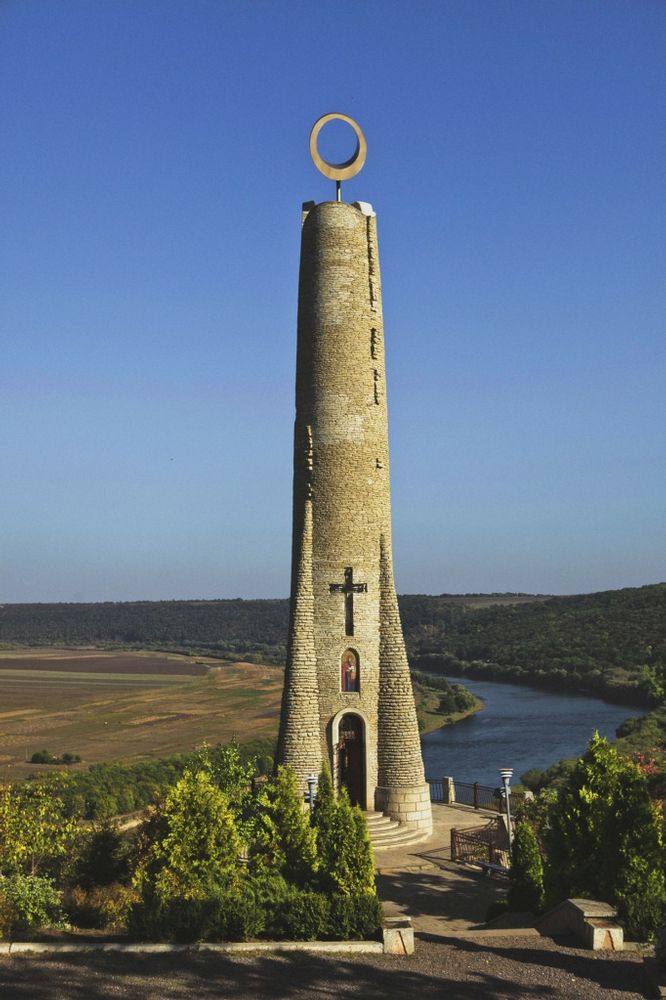
Terrain[edit]
Landlocked. Rolling steppe, gradual slope south towards the Black Sea. Well endowed with various sedimentary rocks and minerals including sand, gravel, gypsum, and limestone. Natural hazards: experiences landslides (57 cases in 1998) due to extensive soil erosion from poor farming methods
The lowest point is the Dniester River at 2 m and the highest point is Dealul Balanesti at 430 m.
History[edit]
| Capital | Chișinău |
| Currency | Moldovan leu (MDL) |
| Population | 2.5 million (2017) |
| Electricity | 220 volt / 50 hertz (Europlug, Schuko) |
| Country code | +373 |
| Time zone | UTC+02:00 |
| Emergencies | 112 |
| Driving side | right |
It was a principality under the suzerainty (protection) of the Ottoman Empire, then part of the Russian Empire after 1811, then part of Romania after World War I. Moldova was forcefully incorporated into the Soviet Union during World War II.
Moldova was forcefully incorporated into the Soviet Union during World War II.
- Independence — 27 August 1991 (from Soviet Union)
- National holiday — Independence Day, 27 August (1991)
- Constitution — new constitution adopted 28 July 1994; replaces old Soviet constitution of 1979
Although independent from the Soviet Union since 1991, Russian forces have remained on Moldovan territory east of the Dniester River supporting the Slavic population, mostly Ukrainians and Russians, who have proclaimed the breakaway republic of Transnistria.
The poorest nation in Europe, Moldova became the first former Soviet state to elect a communist government and president in 2001. Despite subsequent losses, the Communist Party remains powerful in local politics.
Culture[edit]
Geographically located at the crossroads of Latin, Slavic and other cultures, Moldova has enriched its own culture by adopting and maintaining some of the traditions of its neighbours and of other influences.
Moldova has a distinct culture, but has heavy influences from Russia, Romania and Ukraine. These influences are most visible in the cuisine in Moldova. While Moldova has its own culinary style, including Mamaliga, Zeama, Placinta and other traditional dishes, a lot of the food eaten or sold here originated from Russia or Romania.
Moldovan music has a distinctive flair, but is what you might expect in eastern Europe. There are a lot of accordions and the traditional costumes and dances are similar to Russian traditional ones — which is unsurprising considering Moldova was a part of the USSR for more than 40 years.
Maps[edit]
Moldova is one of the least visited countries in Europe, so tourist information desks are still very rare. You can’t depend only on the usual online maps, especially if you need to find an address in a rural area. Probably the best online map of Moldova is found at map.md
In some kiosks you can buy a two-sided map called «Republic of Moldova: Topographical map, 1:200 000» (Республика Молдова: Топографическая карта, 1:200 000, ISBN 9789664970621 which is based on older Soviet military maps. You can download these in advance and print them, or you can browse them in many apps.
You can download these in advance and print them, or you can browse them in many apps.
A map showing the visa requirements of Moldova, with countries in blue having visa-free access
Entry requirements[edit]
Citizens of Canada, CIS countries, the EU, Japan, Norway, Switzerland, UK and the US do not need a visa to enter Moldova and can stay in the country for up to 90 days within a six-month period without registration. Citizens of other countries must either obtain a visa in the nearest Moldovan embassy or alternatively could obtain a visa on arrival in Chişinău airport and on some land border crossings provided that an officially endorsed invitation letter from Moldova is obtained beforehand.
By entering into Moldova via Ukraine, you may be crossing Transnistria. Some buses from Odessa go through Tiraspol, while others go around, exchanging the two border crossings with more time on the road. Transnistria is an unrecognised state in the east of Moldova bordering Ukraine, which broke off from the country after a war in 1992. There are generally few issues for Westerners in crossing Transnistrian borders by bus, although foreign travellers have experienced problems in the past. There is, however, a small chance that foreign tourists may be asked to pay bribes, although the buses which travel between Ukraine, Transnistria and the rest of Moldova usually handle negotiations at the border well, collecting passports and negotiating with Transnistrian authorities. Also, there is no Moldovan border check between Transnistria and the rest of Moldova as Moldova does not recognise Transnistria as a state, so you might have some explaining to do when you try to leave Moldova without an entrance stamp.
There are generally few issues for Westerners in crossing Transnistrian borders by bus, although foreign travellers have experienced problems in the past. There is, however, a small chance that foreign tourists may be asked to pay bribes, although the buses which travel between Ukraine, Transnistria and the rest of Moldova usually handle negotiations at the border well, collecting passports and negotiating with Transnistrian authorities. Also, there is no Moldovan border check between Transnistria and the rest of Moldova as Moldova does not recognise Transnistria as a state, so you might have some explaining to do when you try to leave Moldova without an entrance stamp.
By plane[edit]
| Note: As a result of the war in Ukraine, flights to Moldova may be suspended, particularly if conflict erupts in Transnistria or neighboring areas of Ukraine. Flights to Russia and Ukraine remain suspended. | |
| (Information last updated 17 Apr 2022) |
Chisinau airport
The main international airport is 46. 92777828.9308331 Chișinău International Airport (KIV IATA).
92777828.9308331 Chișinău International Airport (KIV IATA).
The busiest air connections are from Bucharest, Budapest, Istanbul, Moscow, Munich Airport, Timisoara and Vienna Airport. Prices are relatively high. The cheapest tickets are from Bucharest, Istanbul, Kyiv, Bergamo and Moscow. Moldova has three airlines.
By train[edit]
Train from Moscow to Chisinau travelling through Moldovan countryside
Possibly the cheapest way to get into the country is to take the overnight train. There are daily trains from Romania, Ukraine and Russia via Ukraine.
The train from Bucharest leaves at 19:15 and arrives at about 09:00. A ticket in a 2nd class, 4-berth sleeper is 593 Moldovan lei (~€28), or 685 Moldovan lei in a 1st class, 2-berth sleeper (2018). Since flights into Bucharest may be cheaper than those into Moldova, this may be an option if you have the time. It is now possible to buy tickets online up to two weeks before departure (website in Romanian/Russian only).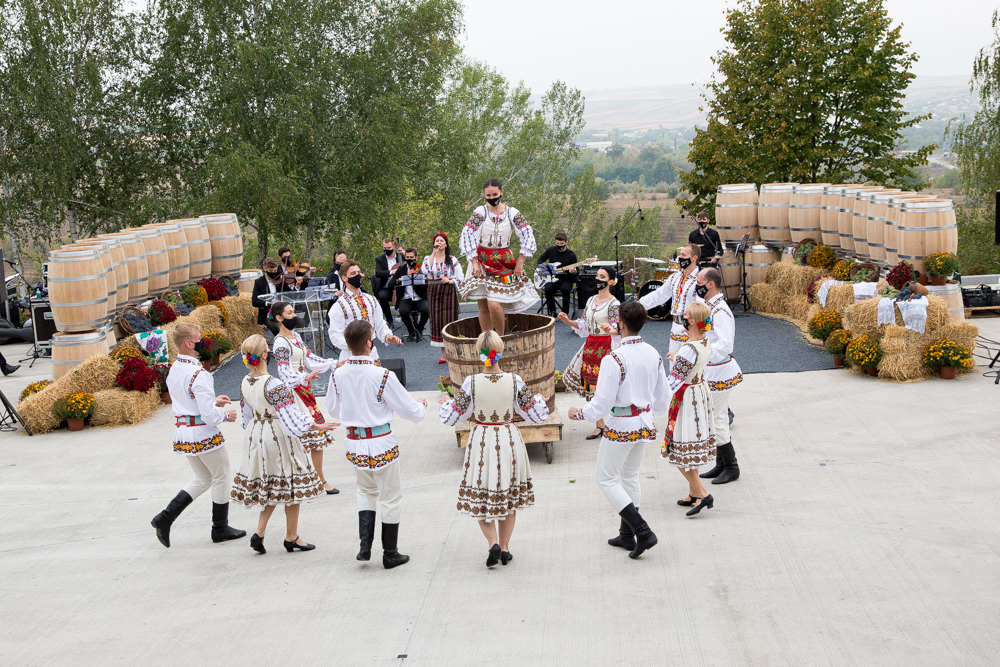 Just show your printout to the conductor when boarding. At the border crossing the carriages are lifted individually onto larger gauge wheels to fit Moldovan tracks. Crossing the border from Ukraine is smoother, as both countries use the same track gauge.
Just show your printout to the conductor when boarding. At the border crossing the carriages are lifted individually onto larger gauge wheels to fit Moldovan tracks. Crossing the border from Ukraine is smoother, as both countries use the same track gauge.
By car[edit]
When coming by car, be sure to use a border crossing with a (non-stop) visa issuing office. You will have to pay a small road tax at the border. A person driving a car which is not registered in their own name must carry a letter of authority from the registered owner of the vehicle.
By bus[edit]
There are regular buses connecting Chişinău with Bucharest, Kyiv and most major Romanian and Ukrainian cities. There are 5-6 buses per day to and from Bucharest. Due to a longer stay at the border the trip takes around 10 hours. There is a basic toilet at the border, however most coaches do not make any other stops. You will also be able to travel to most European cities by bus with Moldovan bus companies. When coming by bus one should be sure to use a frontier with a (non-stop) visa issuing office.
When coming by bus one should be sure to use a frontier with a (non-stop) visa issuing office.
- Kyiv, 2 daily, 250 lei, 12 hours
- Moscow, 4 daily, 700 lei, 30 hours
- Odessa, 20 daily, 90 lei, 5 hours
- Sevastopol, daily, 430 lei, 18 hours
- Brasov, 5 daily, 200 lei, 12 hours
By boat[edit]
Although the country is landlocked, there is a ferry service between Giurgiulesti in Moldova and Istanbul, Turkey, plying the river Danube to reach the Black Sea. They leave Giurgiulesti every Monday and arrive at Istanbul the following Wednesday. It’s not certain if this ferry service is only limited to the high season.
Get around[edit]
Trolleybus in Chisinau
Moldova is a small country and you can easily reach major cities within an hour. Although highly impractical, a long walk to Chisinau from Bolhrad will take 34 hours.
The most reliable way of getting around the country is by bus. Buses can get you to most parts of the country.
Chişinău is the main transportation hub for the country. The three bus stations serve every city and town in Moldova. The fastest form of transport are small minibuses which seat around 15 people. Larger buses are also used and are marginally safer, because they travel at slower speeds.
In Chișinău there is a state run trolleybus system which includes many new vehicles. Fare is 2 lei; a conductor collects fares and issues tickets. There is also a ‘bus service which operates with fewer routes.
Minibuses (rutierele in Moldovan Romanian; marshrutki in Russian) are available in most cities. They are privately operated and are called by requesting the vehicle to stop, however can often be very crowded. Drivers should be paid on boarding (3 lei in Chișinău), however some insist on sitting down first and passing the money to the person in front of them to pass to the driver, so don’t be alarmed if random people behind you start handing you money.
Speed limits in Moldova
- See also: Romanian phrasebook
The official language of Moldova is Romanian, limba română, which is a member of the Romance language family. This means that Romanian is related to languages such as Italian, Latin, French, Spanish, and Portuguese.
This means that Romanian is related to languages such as Italian, Latin, French, Spanish, and Portuguese.
Russian is widely spoken in the country, both as a first and second language. If you don’t know any Romanian, communicating in Russian should be no problem.
Gagauz, a Turkic language, is the main language of Gagauzia. It is closely related to Azerbaijani, Turkish, and Turkmen. If you know either of those three languages, you shouldn’t have a problem picking up Gagauz.
Ukrainian is spoken by the Ukrainian minority and in parts of Transnistria.
English has been taught in Moldova since the 1990s, but few people speak it well enough to have a full conversation. Therefore, a solid knowledge of Romanian and/or Russian is essential to get around the country independently.
Language can be a sensitive issue in this country, and the name of the native language is a source of endless political controversy. Some refer to Romanian as Romanian (limba română), while some refer to the same language as Moldovan (limba moldovenească), and others prefer to speak Russian.
Soroca fortressMilestii Mici
Museums[edit]
There are several museums in central Chişinău, including the Museum of Archaeology and Ethnography, the Museum of Natural History and the National Museum of Fine Arts.
Wine[edit]
Moldova is famous for its wines, and high-quality wines at inexpensive prices are Moldova’s main tourist attraction.
- 46.91932128.8226381 Milestii Mici — With over 200 kilometres (125 miles) of underground roadways, Milestii Mici is registered in the Guinness World Records as the biggest wine collection in the world. It may be easier to book a tour through a travel agency as one must provide a car for the tour. [1] +373 22 382 333.
- 47.13328.852 Cricova — Moldova’s second largest wine cellar has over 120 kilometres (75 miles) of underground roads. 15 minutes drive from Chişinău, it is a favourite of tourists. +373 22-277 378.
- Purcari — One of the oldest wineries in Moldova, Purcari wine has been drunk by Russian Emperor Nicolai II and his first cousin, the British King George V.

- Branesti — A smaller and reasonably priced wine cellar. It lies close to Orheiul Vechi Monastery which makes it perfect for combining a monastery tour with wine tasting.
Monasteries[edit]
- 47.30138928.97253 Orheiul Vechi — Moldova’s best known sight is a 13th-century Cave Monastery located about a half hour drive from Chişinău. Just up the road is a tourist centre with a small museum, restaurant and hotel. Call ahead to make sure it’s open at +373 235 34 242. The cost to enter the complex is 20 lei or 15 if you are a student — but none of the locals seem to bother to stop to pay. Six marshrutka services run between Chişinău central bus station and the tourist complex every day. In the vicinity are huge cliffs that contain another six complexes of interlocking caves. It is strongly advised to explore them with an experienced guide. The remains of a Turkish bath house is also just off the river.
- 47.
 11662228.5106364 Capriana Monastery — One of Moldova’s most prominent monasteries only 40 km (25 miles) from Chişinău. Buses run hourly in the morning from Calea Ieşilor in the Sculeni part of Chişinău.
11662228.5106364 Capriana Monastery — One of Moldova’s most prominent monasteries only 40 km (25 miles) from Chişinău. Buses run hourly in the morning from Calea Ieşilor in the Sculeni part of Chişinău.
- 46.83333329.4833335 Bender (or Tighina in Romanian) — Another fortification is The Fortress of Bender, however it is being used as a military training ground and is off limits. The best views are from the bridge going towards Tiraspol.
- 47.6031128.984836 Tipova Monastery — Rock monastery situated by Nistru river in mid-eastern Moldova.
- 47.69528.9655567 Saharna Monastery
- Visit wine cellars
- 47.328.9666671 Orhei National Park (Parcul Național Orhei). A 337 km² national park protected since 2012. (updated Jun 2019)
Money[edit]
Moldovan 1 Leu banknote
The leu (plural: lei) is the currency of Moldova (ISO 4217 code MDL) .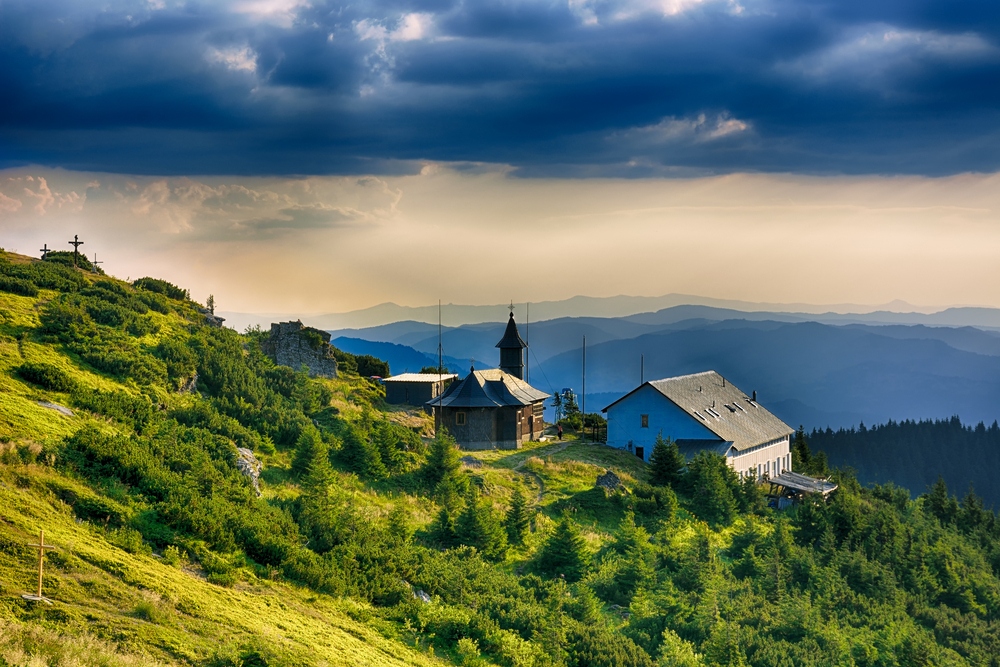 Like the Romanian leu, the Moldovan leu is subdivided into 100 bani (singular: ban). The name of the currency originates in Romania and means «lion».
Like the Romanian leu, the Moldovan leu is subdivided into 100 bani (singular: ban). The name of the currency originates in Romania and means «lion».
While in Moldova make sure to visit at least one piața and check out the Soviet memorabilia, but be careful as sellers may charge foreigners much higher prices than locals.
Banknotes are in denominations of 1, 5, 10, 20, 50, 100, 200, 500 and 1,000 lei. Coins come in denominations of 1, 5, 10, 25 and 50 bani, 1, 2, 5 and 10 lei.
Shopping[edit]
Local wine is of superb quality and cheap in comparison to other countries, but for political reasons is mostly unknown in Western Europe.
Tipping[edit]
Moldovians are not accustomed to tipping.
Chişinău is a good place for gourmands. There are a lot of good places to eat all over Chişinău.
Cheap, tasty food that is very popular with the locals is served in most places. For better service and more diverse food, there are a lot of small restaurants and cafés.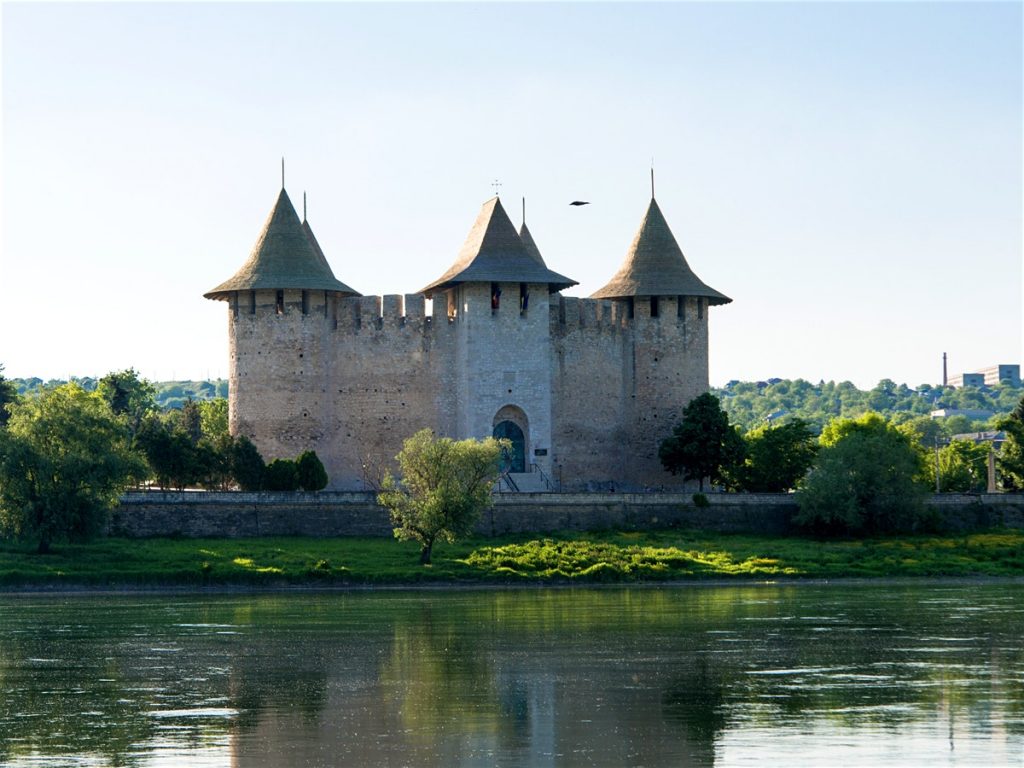 Good restaurants have prices comparable to those elsewhere in Europe. For a quick lunch, fast food and pizza shops are recommended; these can be found at nearly every corner. For groceries, there are small shops all over. Some are even in front of apartment blocks just a few steps away from the entrances. For harder-to-find items, go to the supermarkets. For fresh fruits and vegetables, markets are a great place to shop. Most of the products are local, but there are a lot of sellers who to sell imported stuff, mostly oranges, bananas and other tropical fruits and vegetables. Meat and meat products are best purchased from supermarkets or shops. The quality is much better than from the market, and the prices aren’t much higher.
Good restaurants have prices comparable to those elsewhere in Europe. For a quick lunch, fast food and pizza shops are recommended; these can be found at nearly every corner. For groceries, there are small shops all over. Some are even in front of apartment blocks just a few steps away from the entrances. For harder-to-find items, go to the supermarkets. For fresh fruits and vegetables, markets are a great place to shop. Most of the products are local, but there are a lot of sellers who to sell imported stuff, mostly oranges, bananas and other tropical fruits and vegetables. Meat and meat products are best purchased from supermarkets or shops. The quality is much better than from the market, and the prices aren’t much higher.
While in Moldova, make sure you try at least some of the traditional dishes: Mamaliga, placinta and sarmale are essential for a complete experience during your visit to Moldova. For the full experience these should be accompanied by homemade wine.
Wine fountain at Milestii Mici
Moldova has a long tradition of local wine.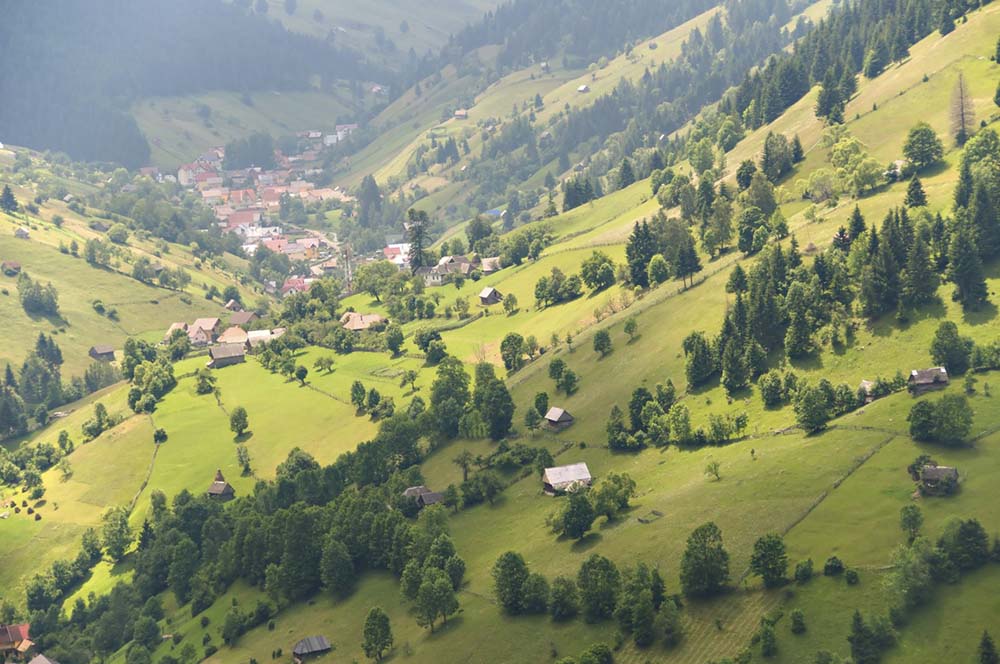 The reds are especially popular throughout the country. Most Moldovan villagers grow their own grapes and press their own wine, and many standard rural households will press thousands of litres per year.
The reds are especially popular throughout the country. Most Moldovan villagers grow their own grapes and press their own wine, and many standard rural households will press thousands of litres per year.
The nightlife of Chişinău is also quite spectacular compared to what could be expected. It is the host of many clubs and bars that are equal in every aspect to many other places throughout Eastern Europe.
Accommodation in Chişinău is surprisingly expensive and there is no shortage of €100 a night options. Most hotel prices are listed in euros but some are listed in US dollars.
Many smaller towns will have a Soviet relic hotel complete with service with a frown. Rates will be high for what you’re getting. In many places it’s possible to pay about €10 to stay in a local’s house. This is an informal arrangement and can only be organized by talking to people upon arrival but it is well worth considering if you want to get out into the countryside.
Hostels. Hostelling is still in its infancy in Moldova, but there are a few nice hostels to be found in Chişinău. Amongst others Chişinău Hostel and Central Youth Hostel. Prices range from US$10–20.
Hostelling is still in its infancy in Moldova, but there are a few nice hostels to be found in Chişinău. Amongst others Chişinău Hostel and Central Youth Hostel. Prices range from US$10–20.
Apartments. Many people in Chişinău rent out apartments. The location and quality can vary. Many are also not very modern. You may want to use a booking company as it may be hard to find people who speak English. Price €20–50.
While none are internationally accredited, there are universities in Chisinau, Balti and Cahul.
Stay safe[edit]
Mounted police in Chisinau
Visitors to Moldova for business or romance should be aware of the potential risk of scams, particularly if first contact was made on the Internet. See International financial scams and Russian Internet dating schemes.
Corrupt police and border guards may try to extort bribe money but ‘normal’ crime rates are low. Locals are generally very friendly and will go to great lengths to provide hospitality to foreigners. You can expect a lengthy, and inevitably boozy, meal to be offered to you just in your honour.
You can expect a lengthy, and inevitably boozy, meal to be offered to you just in your honour.
Conservative dress must be worn at religious sites. Shorts are forbidden and women must cover their heads inside monasteries and churches.
While bribery and police corruption are still problems in Moldova, the situation is improving. It is still advised that tourists have the number of their embassy and the contact information of where they are staying. Foreigners are also required to have their passports on them at all times. There is however usually no one checking this in any normal setting.
Alcohol consumption can also be a problem. Running into drunks especially at night is common. Most are friendly; they often come off as aggressive and will invade your personal space. This can be scary the first couple of times. Politely walking away normally works. People coming from a country where less alcohol is consumed can find themselves becoming the drunks.
Stay healthy[edit]
Very few healthcare facilities are on par with Western standards, and accessibility may be hindered if you’re not proficient in Romanian and/or Russian.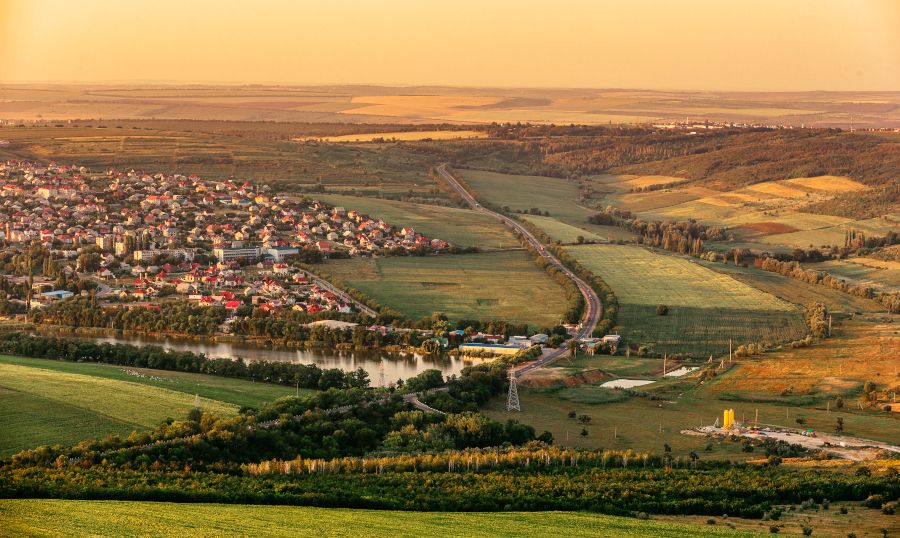
In the event of a serious medical emergency, it is strongly recommended that you make every effort to seek medical care elsewhere. Neighbouring Romania may have better healthcare facilities than neighbouring Ukraine.
The US Embassy in Moldova maintains a list of facilities that provide services in English. Refer to [2] for more information.
The heavy use of agricultural chemicals, including banned pesticides such as DDT, has contaminated soil and groundwater. If you are concerned, water for drinking, cooking and oral hygiene should be taken from a known safe source, as ordinary water treatment, including boiling, does not remove such chemical contamination.
Respect[edit]
As one of the least visited countries on the planet, you are likely to attract a lot of stares from the locals. Do not be alarmed or surprised; this doesn’t indicate hostility, but rather, curiosity.
Since Moldova’s tourist industry is barely developed and that it is one of the poorest countries in Europe, some Moldovans may treat you as a «walking wallet» or someone who is «wealthy». If you feel like you are about to be scammed by someone, simply ignore them and say something along the lines of «not interested» (Romanian: Nu mă interesează) or you can simply say «go away» (Romanian: Pleacă)
If you feel like you are about to be scammed by someone, simply ignore them and say something along the lines of «not interested» (Romanian: Nu mă interesează) or you can simply say «go away» (Romanian: Pleacă)
Women[edit]
Women are widely respected in Moldovan society, perhaps more so than any other country in Europe. There are many female mayors in Moldova and there are many women who have high positions in the government.
Women are traditionally treated with chivalry. Female travellers should not be surprised or alarmed if their male Moldovan friends take the initiative to pay the bills at a restaurant, open every door in front of them, and/or help them carry items or objects. Male travellers should understand that these nuances will be expected by Moldovan women, even if they’re not in a romantic relationship with one.
In rural areas, it is a social taboo for women to smoke or drink alcohol. Although you may get away with it as a foreigner, it’s best to follow suit so as to not stand out like a sore thumb.
Foreign women may often attract the attention of Moldovan men and are sometimes seen as «easy». You should especially be careful when making direct eye contact with Moldovan men; it can get a Moldovan man to think you are «into» him.
Sensitive issues[edit]
Be careful when discussing the possible unification of Moldova and Romania. Although it’s not a hugely sensitive issue, many Moldovans are opposed to Moldova joining Romania, even though support for it has been gradually rising lately.
Always study your hosts. Some identify as «Moldovan», others identify as «Romanian», while others are ethnically Russian or Ukrainian. This also applies to language as well; even though Romanian is the official language of Moldova, as described above, some refer to it as «Moldovan» in Moldova.
Connect[edit]
This country travel guide to Moldova is an outline and may need more content. It has a template, but there is not enough information present.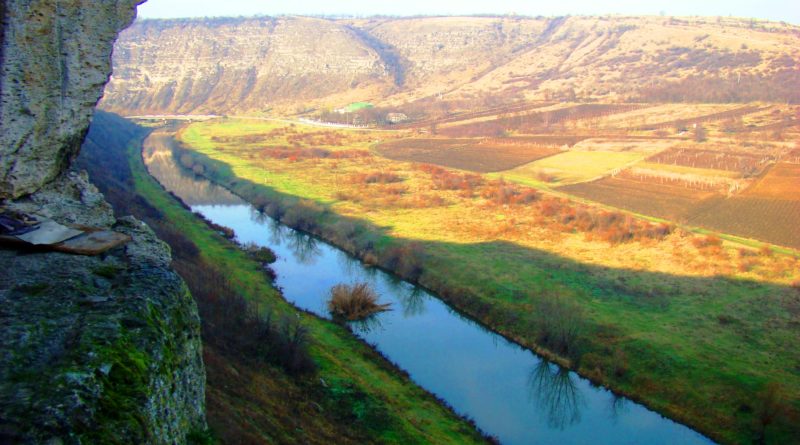 If there are Cities and Other destinations listed, they may not all be at usable status or there may not be a valid regional structure and a «Get in» section describing all of the typical ways to get here. Please plunge forward and help it grow! If there are Cities and Other destinations listed, they may not all be at usable status or there may not be a valid regional structure and a «Get in» section describing all of the typical ways to get here. Please plunge forward and help it grow! |
Президентура Республики Молдова
Президентура Республики Молдова
You need to enable Javascript in your browser
Президентура Республики Молдова
RO
EN
RU
Конституция
Республики Молдова
Контакты
Пресс-релизы
Влияние климатических изменений на лесное и сельское хозяйство обсудят в Кишинэу в рамках тематической конференции, организованной под эгидой Президентуры
Климатические изменения и их последствия для сельского и лесного хозяйства нашей страны − ключевые темы, которые будут обсуждаться завтра на тематической конференции, организованной Президентурой в партнерстве с ПРООН в Молдове и Посольством Швеции.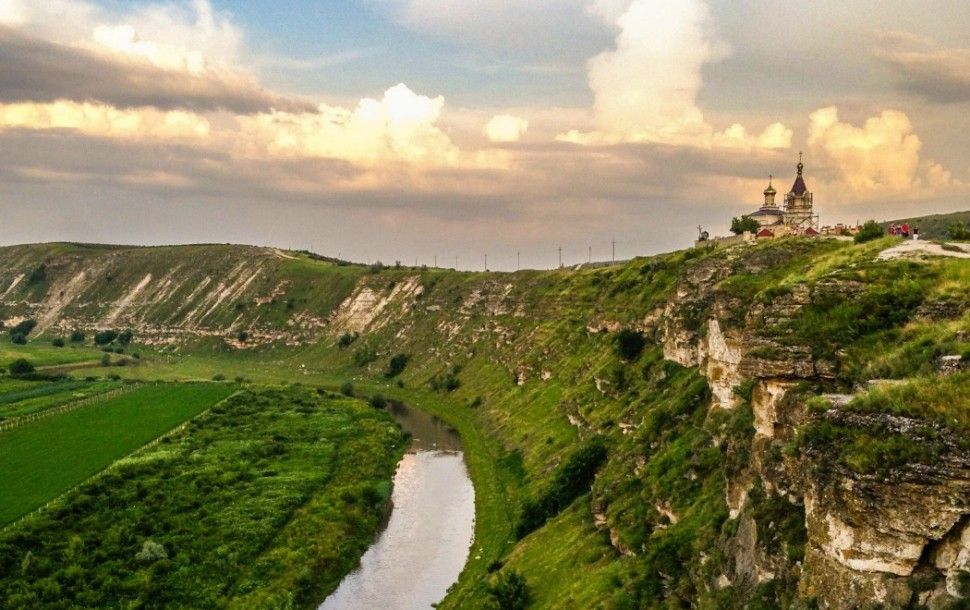
Национальная комиссия по европейской интеграции проанализировала ход реализации Плана действий по внедрению рекомендаций ЕС
Президент Республики Молдова Майя Санду созвала сегодня утром Национальную комиссию по европейской интеграции. В рамках заседания обсуждался ход реализации Плана действий по внедрению условий, выдвинутых в контексте предоставления Республике Молдова статуса страны-кандидата в ЕС, и были установлены дальнейшие приоритеты европейской интеграции.
Реакция Президента Майи Санду на отключение электричества: «Мы не можем доверять режиму, который оставляет нас в темноте и холоде, который намеренно убивает людей»
Глава государства осуждает массированные атаки России в Украине, которые также влияют на нашу энергетическую безопасность, оставляя села и города без электричества. «Россия оставила Молдову в темноте. Война России в Украине убивает людей, разрушает ракетами жилые кварталы и энергетическую инфраструктуру.
«Россия оставила Молдову в темноте. Война России в Украине убивает людей, разрушает ракетами жилые кварталы и энергетическую инфраструктуру.
Президент Майя Санду во время визита в Париж вручила писательнице Татьяне Цыбуляк Орден „Ordinul Republicii”
В ходе рабочего визита во Французскую Республику глава государства провела встречу с писательницей Татьяной Цыбуляк, которой вручила высшую государственную награду.
Выступления и обращения
Выступление Президента Майи Санду на открытии Национальной конференции «Продвижение повестки, касающейся проблем изменения климата, в лесном и сельском хозяйствах Молдовы»
Г-н Посол Мажейкс, г-жа Посол Фрид, г-жа Аль-Хатиб, уважаемые пррисутствующие,
приветствую вас в Кишиневе и благодарю за то, что вы нашли время принять участие в этой дискуссии, посвященной изменению климата. Это крайне важный вопрос для нашей страны. Обсуждения на национальном уровне, пожалуй, запоздали, а они, между тем, чрезвычайно нужны.
Это крайне важный вопрос для нашей страны. Обсуждения на национальном уровне, пожалуй, запоздали, а они, между тем, чрезвычайно нужны.
Выступление Президента Республики Молдова Майи Санду на Ежегодной профессиональной конференции европейских партнеров по борьбе с коррупцией/Европейской сети контактных пунктов по борьбе с коррупцией EPAC/EACN
Уважаемый господин председатель Барткус,
уважаемые гости, дамы и господа,
Рада возможности принимать в этом году в Кишинэу Ежегодную конференцию европейских партнеров по борьбе с коррупцией и Европейской сети по борьбе с коррупцией, несмотря на вызовы, с которыми мы сталкиваемся в данный момент. Организация этого важного мероприятия именно в Молдове имеет очень важное для нас значение.
Простая английская Википедия, бесплатная энциклопедия
Из простой английской Википедии, бесплатной энциклопедии
Не путать с моравцами.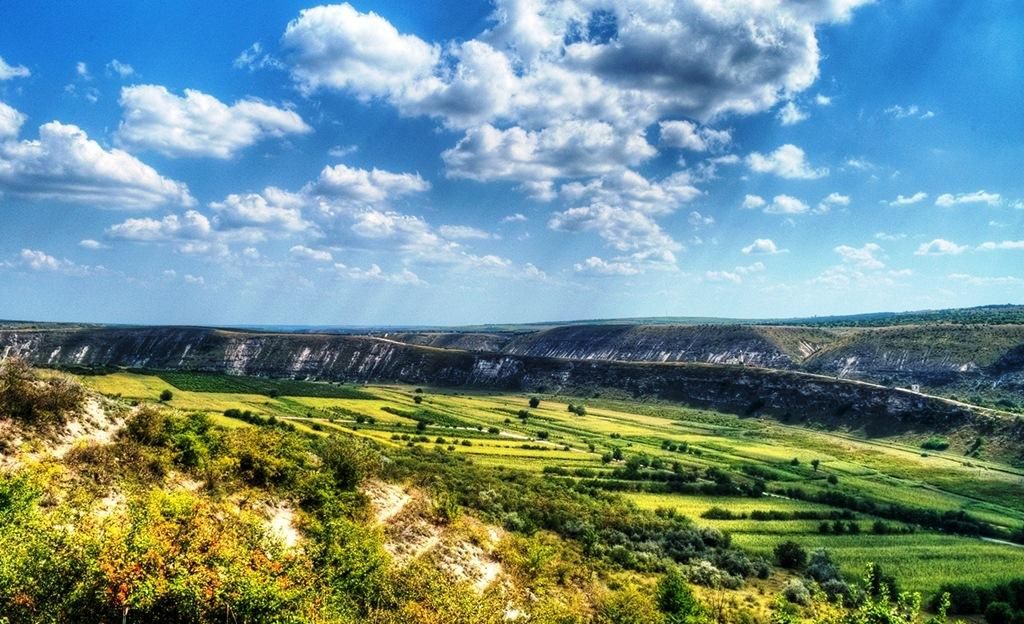
Молдаване , иногда называемые Молдаване (румынский: moldoveni [moldoˈvenʲ], молдавская кириллица: молдовень), являются крупнейшей этнической группой Республики Молдова (75,1% населения по состоянию на 2014 г.) и значительное меньшинство в Украине и России.
В этой статье речь идет о населении, говорящем преимущественно на молдавском/румынском языке, проживающем в Республике Молдова, исторической Бессарабии, Приднестровье и диаспоре, происходящей из этих регионов, [18] идентифицирующих себя как молдаване (еще 7% население Молдовы идентифицировало себя как румыны).
Вариант Молдаване может также использоваться для обозначения всех жителей территории исторического княжества Молдавия, в настоящее время разделенного между Румынией (47,5%), Молдовой (30,5%) и Украиной (22%), независимо от этнической принадлежности. . В Румынии уроженцы Западной Молдавии, идентифицирующие себя с этим термином, обычно заявляют о румынской этнической принадлежности, в то время как молдаван из Бессарабии (включая Республику Молдова) обычно называют «бессарабцами» (румынский: 9).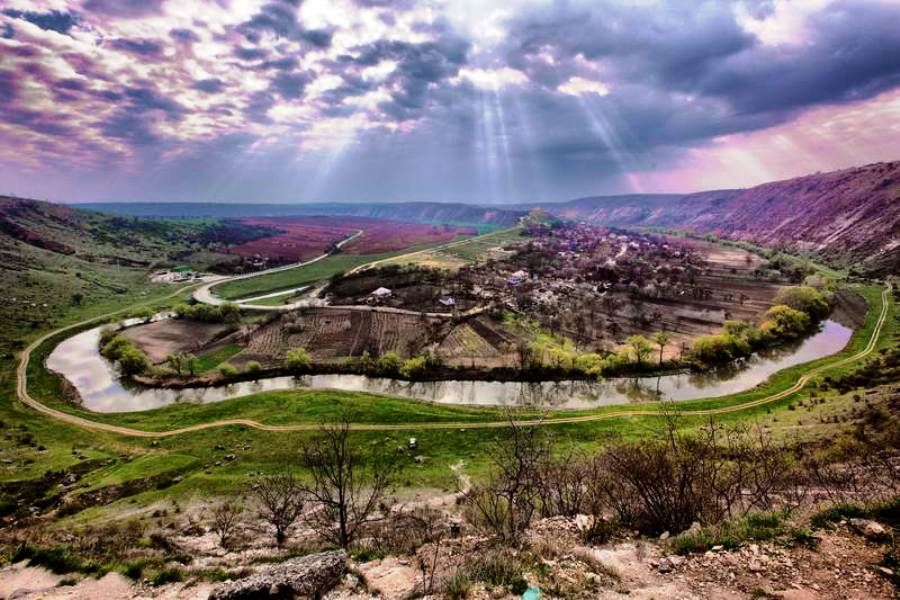 0011 басарабени ).
0011 басарабени ).
- ↑ Сюда входят все самопровозглашенные молдаване, по официальным данным, проживающие в Республике Молдова и других странах постсоветского пространства, а также некоторые граждане Республики Молдова, проживающие за границей, независимо от национальности. Остальные около 5 миллионов румыноязычных, проживающих на территории Молдавского княжества и идентифицирующих себя как румыны, по официальным данным, причислялись только к румынам.
- ↑ Результаты переписи населения Молдовы 2014 г., переписи 2004 г. в Приднестровье.
- ↑ «Распределение населения по национальностям и родным языкам». Всеукраинская перепись населения . Государственный комитет статистики Украины. 2001. Архивировано из оригинала 30 января 2008 г. Проверено 15 февраля 2012 г. .
- ↑ «Население на 1 января по возрастным группам, полу и стране рождения». Евростат . Архивировано из оригинала 06.10.2014. Проверено 7 декабря 2018 г.
 .
. - ↑ «4.1. Национальный состав населения». Всероссийская перепись населения 2010 года. Основные результаты . Федеральная служба государственной статистики России. 2010. Архивировано из оригинала 4 декабря 2013 года. Проверено 15 февраля 2012 года.
- ↑ «Последние данные Национального статистического института: 131 000 человек». Demo.istat.it . 2010-12-31. Архивировано из оригинала (XLS) 03 марта 2016 г. Проверено 2 августа 2017 г. .
- ↑ «Población extranjera por sexo, edad (grupos quinquenales) y país de nacionalidad». Инес.ес . Проверено 2 августа 2017 г. .
- ↑ Этнический состав, религия и знание языков в Республике Казахстан. Архивировано 11 мая 2011 г., в Wayback Machine.
- ↑ «Архивная копия» (PDF). Архивировано из оригинала (PDF) 29 сентября 2014 года. Проверено 1 апреля 2013 года.
- ↑ «Презентация Молдавии».
- ↑ (PDF) https://web.
 archive.org/web/20110114052113/http://www.statistics.gr/portal/page/portal/ESYE/BUCKET/A1605/Other/A1605_SPO15_TB_AN_00_2006_07_F_EN.pdf. Архивировано из оригинала (PDF) 14 января 2011 г.
archive.org/web/20110114052113/http://www.statistics.gr/portal/page/portal/ESYE/BUCKET/A1605/Other/A1605_SPO15_TB_AN_00_2006_07_F_EN.pdf. Архивировано из оригинала (PDF) 14 января 2011 г. {{cite web}}: Отсутствует или пусто|title=(справка) - ↑ Статистическое управление Канады (8 мая 2013 г.). «Национальное обследование домохозяйств 2011 г.: таблицы данных». Проверено 11 февраля 2014 г. .
- ↑ «Перепись 2000 года». Census.gov . Проверено 2 августа 2017 г. .
- ↑ «Иностранцы по категориям проживания, полу и гражданству по состоянию на 31 декабря 2016 г.». Czso.cz . Проверено 10 января 2018 г. .
- ↑ «Архивная копия». Архивировано из оригинала 2010-09 гг.-17. Проверено 17 сентября 2010 г. .
{{цитировать в Интернете}}: CS1 maint: заархивированная копия как заголовок (ссылка) - ↑ «Тенденции в численности международных мигрантов: мигранты по месту назначения и происхождению (база данных Организации Объединенных Наций, POP/DB/MIG/Stock/Rev.
 2015)» (XLS). Организация Объединенных Наций, Департамент по экономическим и социальным вопросам.
2015)» (XLS). Организация Объединенных Наций, Департамент по экономическим и социальным вопросам. - ↑ «PMLP — Iedzīvotāju reģistrs». Data.csb.gov.lv . Проверено 2 августа 2017 года. [ постоянная неработающая ссылка ]
- ↑ «Официальный Кишинев добивается признания молдавской национальности и меньшинства в Румынии», The Jamestown Foundation, 28 февраля 2007 г.
Молдавия – Путеводитель на Wikivoyage
- Не путать с Молдовой, соседней страной.
Молдавия (румынский: Молдова ) — регион на северо-востоке Румынии, граничащий с Молдовой и Украиной. Он состоит из уездов Яссы, Васлуй, Галац, Вранча, Ботошань, Нямц и Бакэу.
Регионы
| Lower Moldavia (Iași County, Galați County, Vrancea County, Vaslui County) |
Map of Moldavia
Iași County[edit]
Palace of Culture in Iași
- 47.
 162222 27.588889 1 Яссы — главный город, бывшая резиденция молдавских воевод, важный румынский культурный и деловой центр, университетский город
162222 27.588889 1 Яссы — главный город, бывшая резиденция молдавских воевод, важный румынский культурный и деловой центр, университетский город - Ругиноаса — Мемориальный дворец Александру Иоанна Куза
- Хырлау — музей виноградников и вина, рядом виноградники Котнарь
- Миклаушены — монастырь и замок Стурдза
- Монастыри Хадамбу и Добровац
- Кукутень — археологический памятник эпохи неолита
- Пашканы
Уезд Васлуй
Собор Хуши
- Васлуй
- Барлад
- Huși — Виноградники поблизости
Округ Бэкэу [Прайти]
- 46,583333 26,91667 2 Bacău — Важный плуав.
- 46.413176 26.436162 3 Комэнешть
- 46,25 26,766667 4 Онешть
- 46.484722 26.496389 5 Мойнешть
- 46.206632 26.438397 6 Slănic Moldova — spa resort with mineral waters
Vrancea County[edit]
Mărășești memorial
- 45.
 699722 27.179722 7 Focșani — wine region
699722 27.179722 7 Focșani — wine region - 45,88 27,23 8 Mărșești — известный своими боями во Второй мировой войне
Galați округ [Редактировать]
- 45,423333333333333333
- 45,42333333333333333333333333333333333333333333333333333333333333333333333333333333333333333333333333339.. морской порт на Дунае
Ботошаньский уезд
- Dorohoi — Рядом с деревней Ипоте -Чити с Михай Эминеску, Румынским национальным поэтом, Мемориальный дом
Округ Ним [РЕДАКТИРОВАТЬ]
Старая Церковь в Пиатре NEAMț
- 46.9275
- . Пятра, окруженная лесистыми горами и обладающая современными удобствами, является одним из самых красивых и оживленных городов Молдовы
- 46.910833 26.091111 12 Биказ — хорошая база для близлежащих озер, каньона и Восточных Карпат, озеро Изворул Мунтелуй
- 47.
 2025 26.358611 13 Târgu Neamț — Neamț citadel, Agapia and Neamț monasteries and the memorial house of the famous writer Ion Creangă
2025 26.358611 13 Târgu Neamț — Neamț citadel, Agapia and Neamț monasteries and the memorial house of the famous writer Ion Creangă
Ion Creangă memorial house
- Roman
Other destinations[edit]
Understand[edit ]
Самолетом[править]
Ежедневные рейсы в аэропорты Бакэу и Яссы.
Транспорт[править]
Замок Стурдза в Миклаушень
- 47.096577 26.923247 1 Замок Стурдза ( Кастелул Стурдза ).
- Озеро Изворул Мунтелуй
Озеро Изворул Мунтелуй
- Гора Чахлэу
- 46.811981 25.818939 2 Ущелье Биказ ( Чейле Биказулуи ).
- Ущелье Бицажел ( Cheile Bicăjeluui ).
- 46.82222 25.84333 3 Шугэуское ущелье ( Чейле Шугэулуй ).
Лыжи[править]
- Пятра Нямц
- Ватра Дорней
Внедорожник[править]
- Пятра Нямц — Соревнования хард-эндуро
Самый популярный напиток в Нижней Молдавии (Ţara de Jos a Moldovei) – вино с виноградников Котнарь, Худобешть, Панчу, Одобешть.

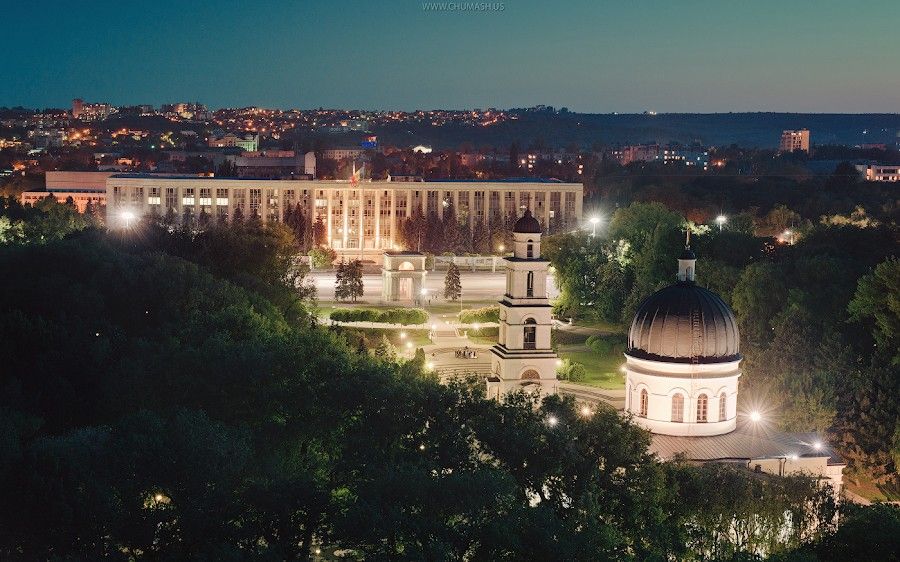

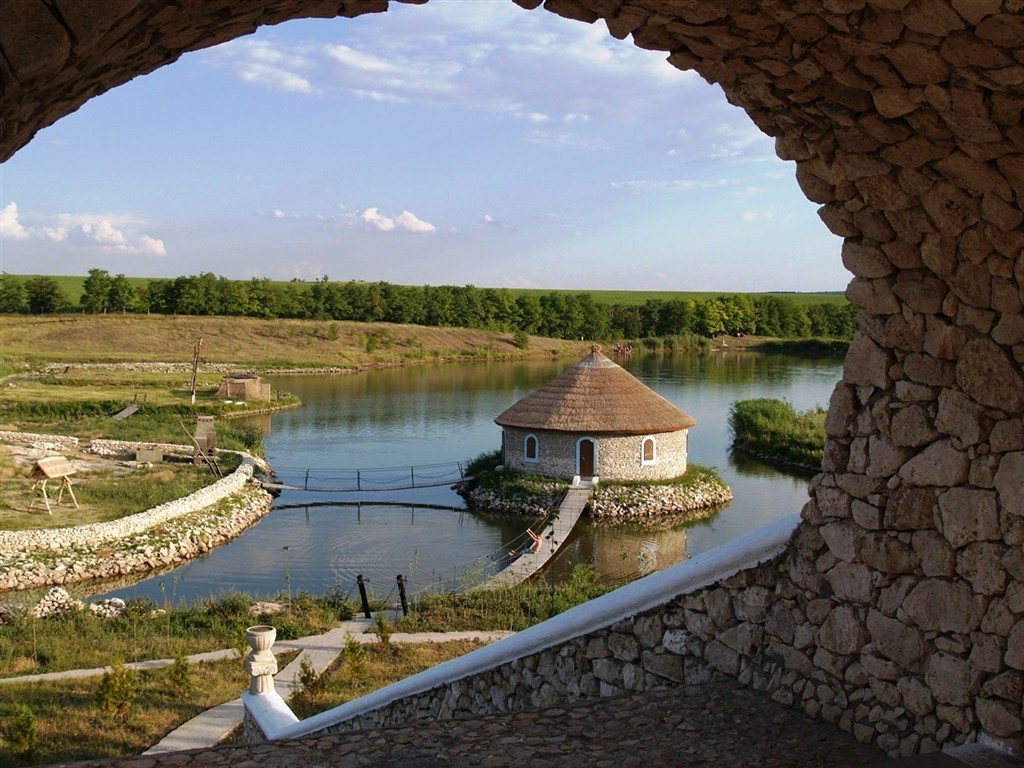 11662228.5106364 Capriana Monastery — One of Moldova’s most prominent monasteries only 40 km (25 miles) from Chişinău. Buses run hourly in the morning from Calea Ieşilor in the Sculeni part of Chişinău.
11662228.5106364 Capriana Monastery — One of Moldova’s most prominent monasteries only 40 km (25 miles) from Chişinău. Buses run hourly in the morning from Calea Ieşilor in the Sculeni part of Chişinău. .
. 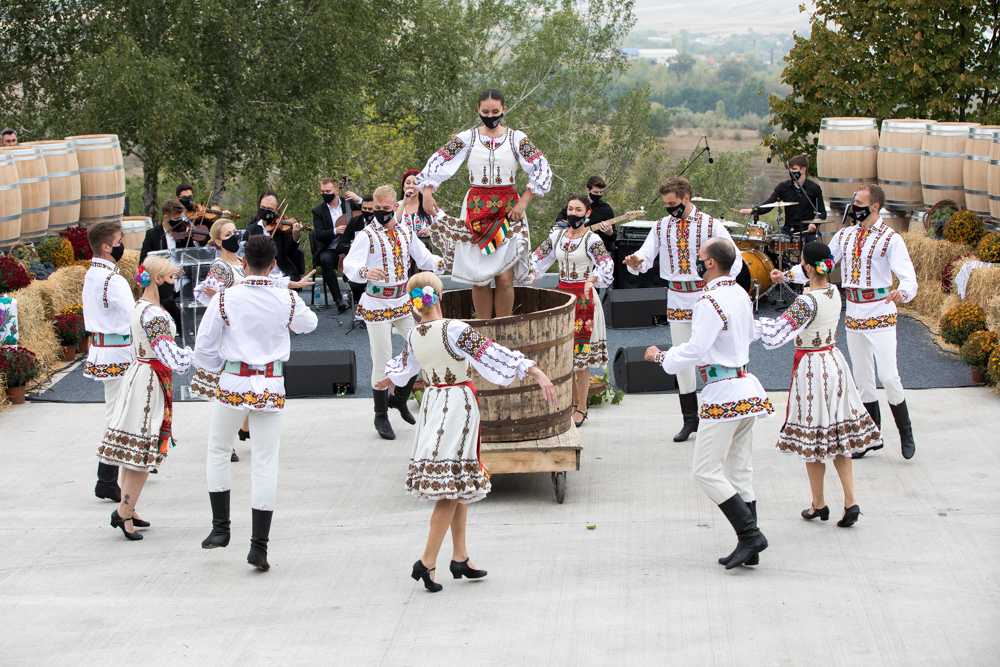 archive.org/web/20110114052113/http://www.statistics.gr/portal/page/portal/ESYE/BUCKET/A1605/Other/A1605_SPO15_TB_AN_00_2006_07_F_EN.pdf. Архивировано из оригинала (PDF) 14 января 2011 г.
archive.org/web/20110114052113/http://www.statistics.gr/portal/page/portal/ESYE/BUCKET/A1605/Other/A1605_SPO15_TB_AN_00_2006_07_F_EN.pdf. Архивировано из оригинала (PDF) 14 января 2011 г.  2015)» (XLS). Организация Объединенных Наций, Департамент по экономическим и социальным вопросам.
2015)» (XLS). Организация Объединенных Наций, Департамент по экономическим и социальным вопросам.  162222 27.588889 1 Яссы — главный город, бывшая резиденция молдавских воевод, важный румынский культурный и деловой центр, университетский город
162222 27.588889 1 Яссы — главный город, бывшая резиденция молдавских воевод, важный румынский культурный и деловой центр, университетский город 699722 27.179722 7 Focșani — wine region
699722 27.179722 7 Focșani — wine region 2025 26.358611 13 Târgu Neamț — Neamț citadel, Agapia and Neamț monasteries and the memorial house of the famous writer Ion Creangă
2025 26.358611 13 Târgu Neamț — Neamț citadel, Agapia and Neamț monasteries and the memorial house of the famous writer Ion Creangă